Incubating future movements in travel and culture
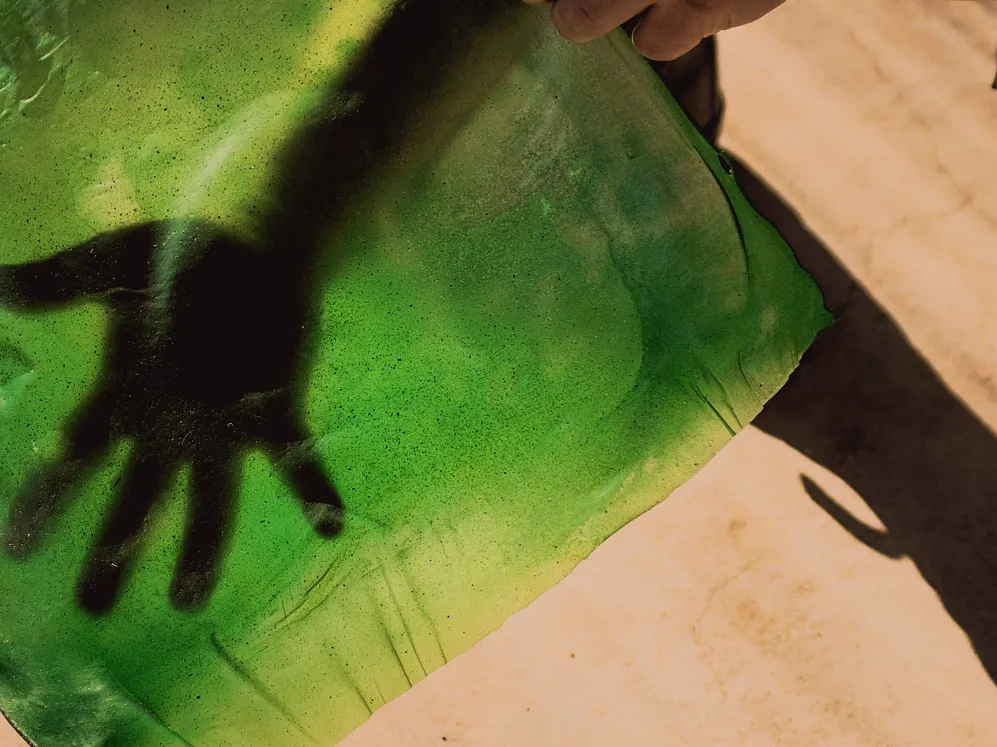
Words Emily McDermottImages Daniel Lober
When Australian artist and curator Jessie French caught wind of fellow Australian artist and curator Lichen Kelp’s project the Seaweed Appreciation Society International, she was immediately taken. Seaweed, she said, was simply “irresistible.” So, French and Kelp joined forces to pursue artistic research on marine algae through collaborations with scientists, other artists, philosophers, and performers.
During Further Marrakech, French and Kelp researched the red algae that’s specific to Moroccan coast and traced its path to being processed into agar, a jelly-like substance which French, with Kelp’s assistance, then turned into bioplastic. Although they worked with a local metalsmith to create brass molds for bioplastic bowls and cups, they also worked with local scientists and gave a lecture at the Mohammed V University in Rabat; the research process and the exchange of knowledge were more significant than the material outcome. Following the residency, French even went on to found Other Matter, an experimental studio working specifically with algae-based bioplastics.
In this conversation, the two artists expand upon their ideas for a seaweed-based future and what it was like to work in Morocco.
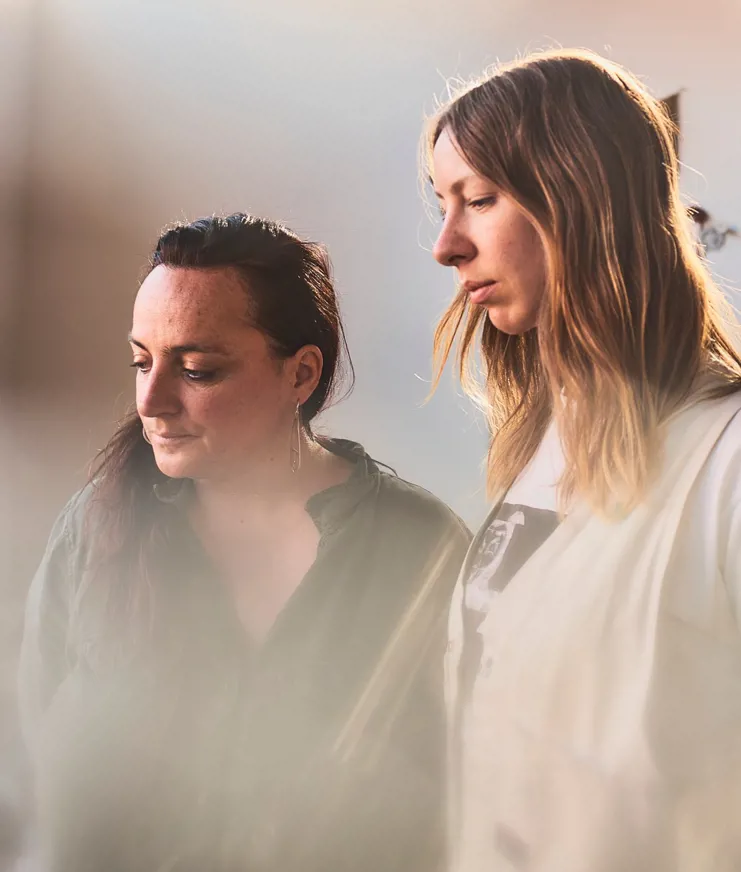
Lichen Kelp (left) and Jessie French (right) during their residency at La Pause.
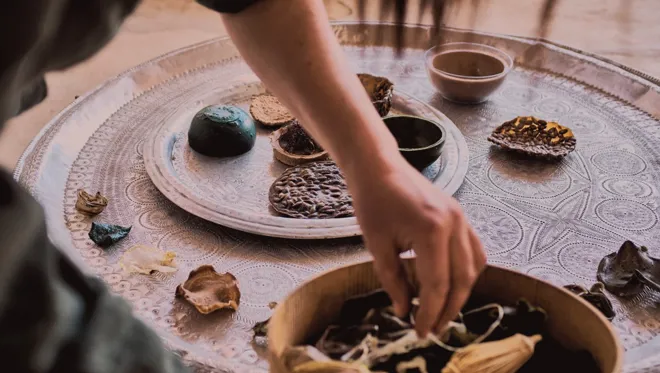
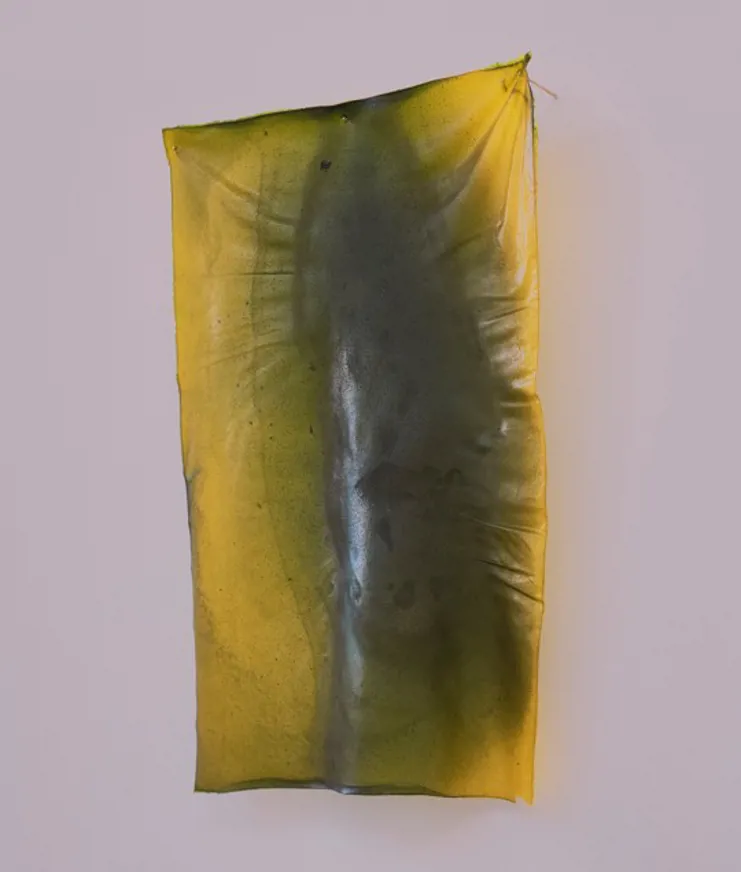
Jessie French: After working together with the Seaweed Appreciation Society International, Lichen and I decided to have a shared practice called “biomutualism.” Biomutualism is about investigating the materiality of seaweed and we focused on this in Morocco. Our project looks at bioplastics made with marine algae, and a lot of the red algae from which agar is extracted comes from Morocco. So, we really wanted to come here and trace the path of where that algae comes from, where it's processed, and all of the things that happen around it in those contexts.
JF: It started with our interest in promoting a different way of living in the world. Waste is not optional in our current system—you buy things you need and come back with heaps of rubbish that can’t be recycled—and we’re interested in thinking about ways of living where this doesn’t happen.
Plastic is perceived and used differently in cultures around the world, but in biology, plasticity is an organism’s ability to adapt to a different environment, and in neuroscience, neuroplasticity refers to your brain’s ability to learn new skills. So, by making seaweed-based bioplastic, we’re looking at a new plastic lifestyle that isn’t just organic; it also proposes ways to enact personal changes in the ways we live.
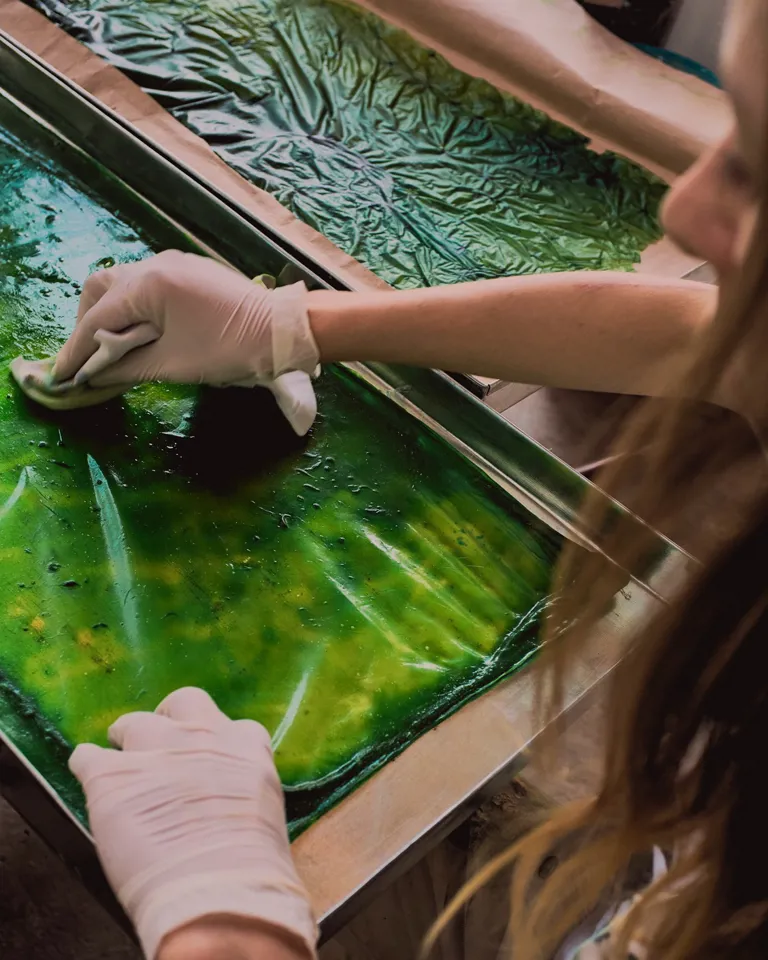
Jessie French uses different molds to create bioplastic in both functional and decorative forms.
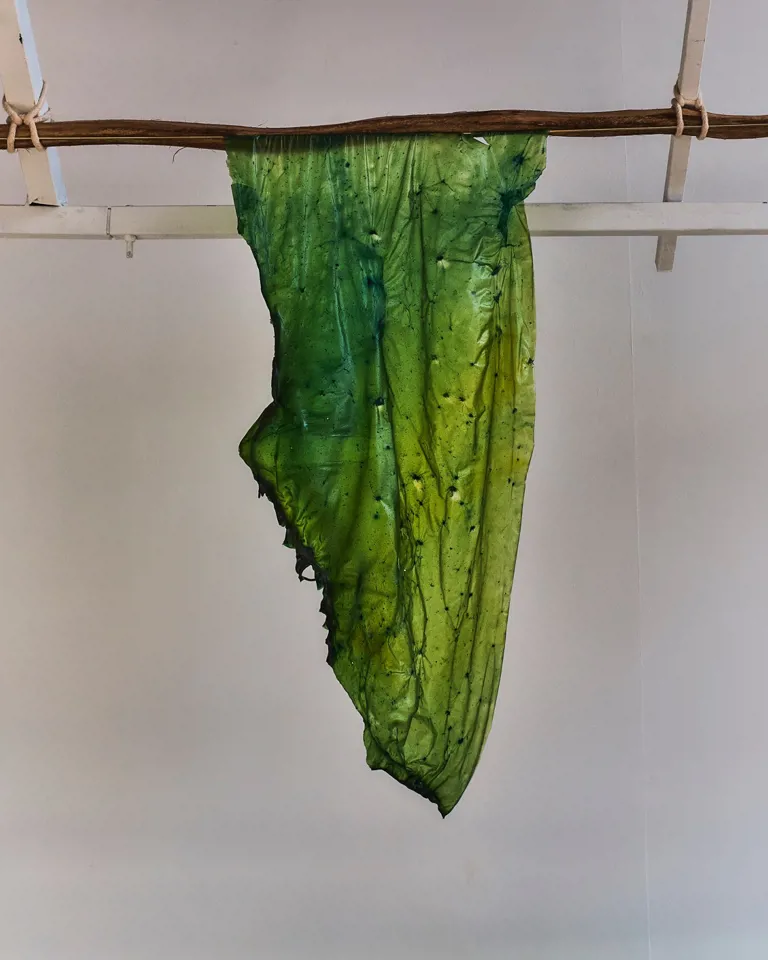
For an exhibition at Pikala Bikes, Jessie French and Lichen Kelp hung sheets of bioplastic from fine brass rods and pieces of salvaged wood.
JF: The polymer used to make bioplastic is hydrophilic and thermo-reactive, so if you add additional water, you can heat it above boiling to melt it, sterilize it and then repour it in a mold time and time again. This could lead to one simple change in regard to eating: You could make the bioplastic you need to transport your meals and then recycle the materials at home.
Lichen Kelp: For example, you can have one or two drinks out of a seaweed-based bioplastic cup and then melt it down, reset it in a mold for a bowl, and 15 minutes later eat something out of the bioplastic bowl.
JF: Well, we positioned the exhibition as a field trip to another world with a seaweed future. This use of materials is far less wasteful and far more regenerative than most current practices. It's still extractive—it's not completely innocent—but the harvesting of agar is, at least, environmentally responsible because it regrows within a year. Additionally, if more agar were planted, it could also reduce the effects of ocean acidification as well as create more habitats for fish.
LK: We’re not trying to completely replace plastic with bioplastic but rather trying to have it be part of an overarching educational program. We want people to be conscious about plastic and reduce the amount they use with entirely different materials. In the end, maybe 20% of plastic objects won’t be able to be replaced and then bioplastic could fill that gap.
JF: There are so many possibilities and potential ways to use seaweed, especially in regard to waste and the climate crisis. Seaweed has the potential to solve some food shortages and can even help offset the carbon footprint. We see a seaweed future as one that contains seaweed-based bioplastics, algae biofuel, algae-based foods, and even beauty products. Dried seaweed baths are amazing, and I’ve even come across it in lubricant. Seaweed covers all the bases!
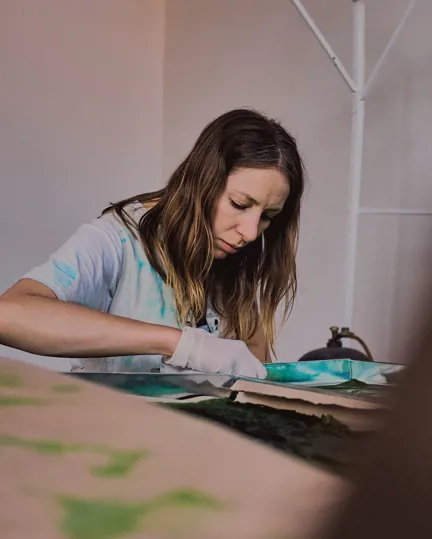
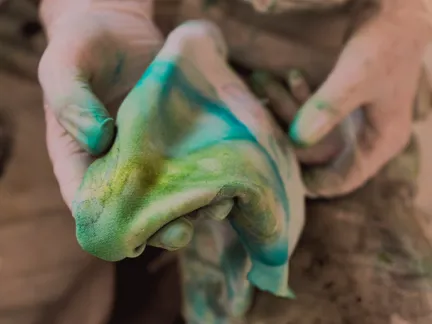
LK: People are investigating ways to farm seaweed not only as a food but also as a way to sink carbon. Researchers have been placing frames that seaweed can grow from in the ocean about 20 meters deep. When the seaweed reaches the surface, it’s cut down and falls to the ocean floor and the process begins again. Large-scale seaweed farms like this help replace lost trees because kelp can absorb around 50 times more carbon dioxide than the equivalent-size land forest. People need to be aware of seaweed not only as a marine habitat but also as a lung system for the world. It isn’t just something that's annoying or scary when you’re swimming at the beach. It’s as important as the fish, as the trees.
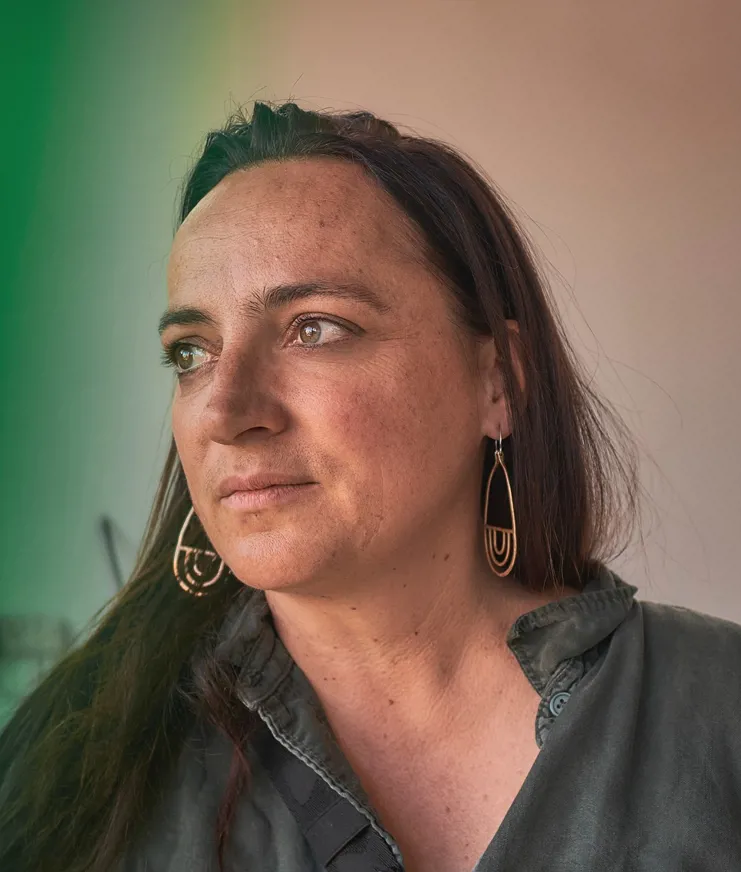
Lichen Kelp is an artist, curator and founder of the Seaweed Appreciation Society International.
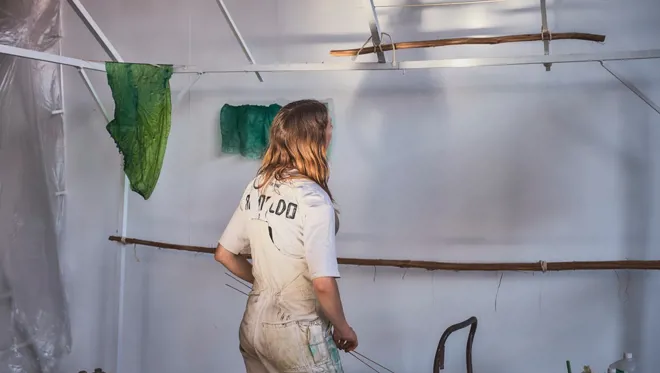
Jessie French works on installing her showcase of bioplastics at Pikala Bikes.
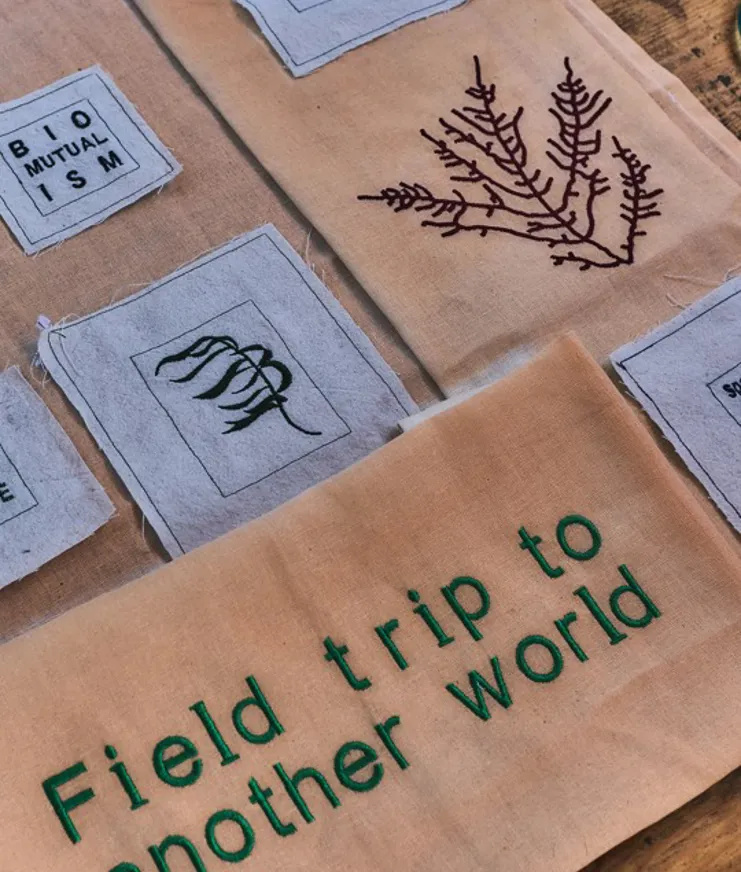
Both artists believe seaweed is a key to unlocking new future possibilities.
JF: The process has been quite involved. A large percentage of the world’s agar comes from Moroccan shores, so we thought we’d be able to access it easily here, but we weren’t. We spent our first few weeks going to El Jadida to harvest the agar and then to Kenitra, which is home to the only agar processing plant in Africa. After sourcing the agar and a plasticizer, we mixed it up, let it soak overnight, and then heated it to over 87 degrees [Celsius]. Once it was liquid, we poured it into forms and molds.
LK: The processing plant, Setexam, turns the dried algae into a fine agar powder, which is used for food as well as for petri dishes for medical research. It was interesting to learn about that process and to also find out more about sustainability. A few years ago, there was a shortage of the red seaweed and it became a million-dollar crop—it was even called “red gold.” It got to a point where the government put sanctions on it.
JF: Now it’s stabilized and healthy, and they harvest it only once a year. Yet Setexam still manages to provide 50 percent of the world’s bacteriological agar. In other words, 50 percent of all microbiology cultures have a connection to this very specific place in Morocco. It was phenomenal to visit Setexam and follow the trail of the materials we use.
LK: It’s also been very surreal working on a seaweed project in the middle of the desert, so we also wanted to incorporate that element into our project too. We ended up mixing desert sand, mud bricks, and olive pips with the seaweeds we collected on the coast and the agar from the processing plant. Together, it told a very localized story about Morocco and what we’ve encountered.
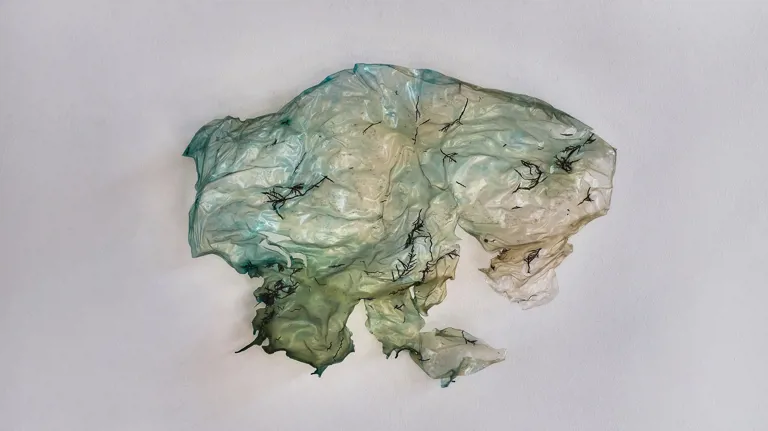
Kelp and French mixed natural objects like red algae (pictured here) as well as olive pips and sand into bioplastic, conveying a localized story of their experience in Morocco.
Further Marrakech
In collaboration with La Pause Residency, Further Marrakech asked what it means to be an artist or an artisan—and what happens when such practitioners come together in the act of creation.
Loutfi Souidi & Mohamed Arejdal
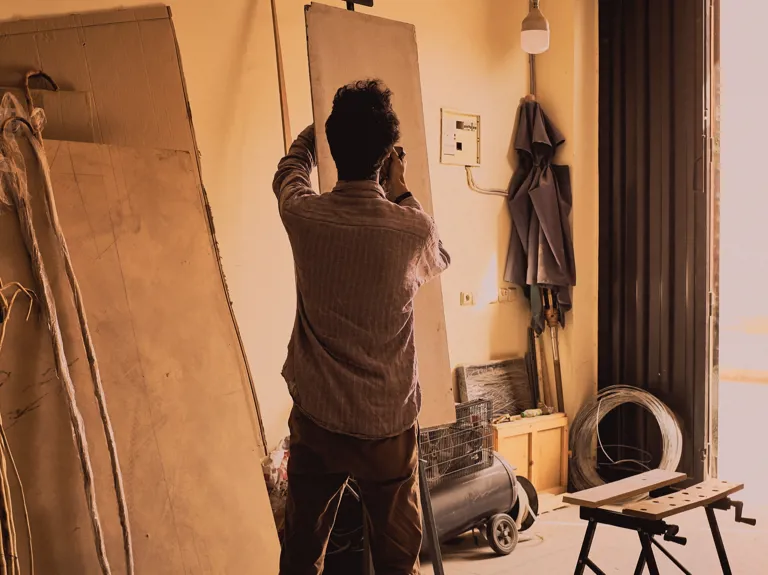
Souidi and Mohamed Arejdal spoke about the development of Morocco’s art scene, the separation between the “artist” and the “artisan,” and why such a distinction shouldn’t exist.
Further Marrakech
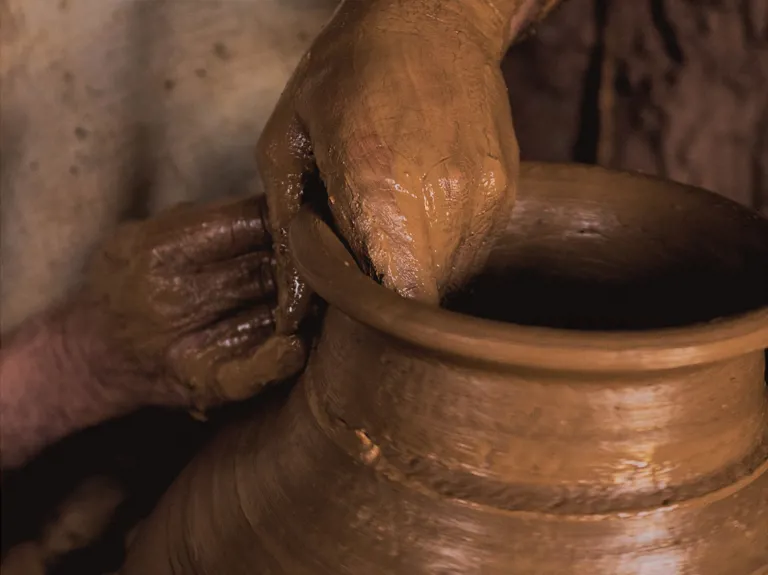
M’Barek Bouhchichi is unlearning the Euro-centric history he was taught in favor of understanding and documenting his country’s context, history, and people through his artistic practice.
Further Marrakech
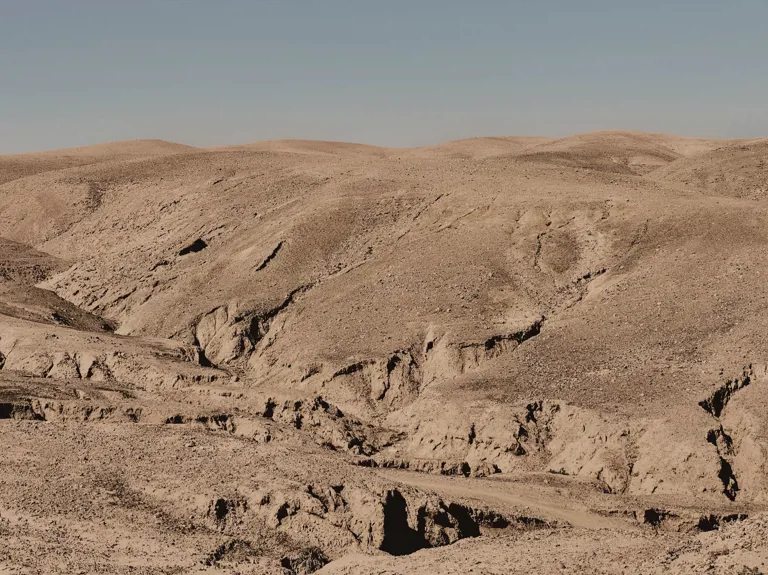
Running in a nearly dried-out riverbed moved Lena Marie Emrich to create glass-plated photographs and bondage-inspired leather sculptures.
Further Marrakech
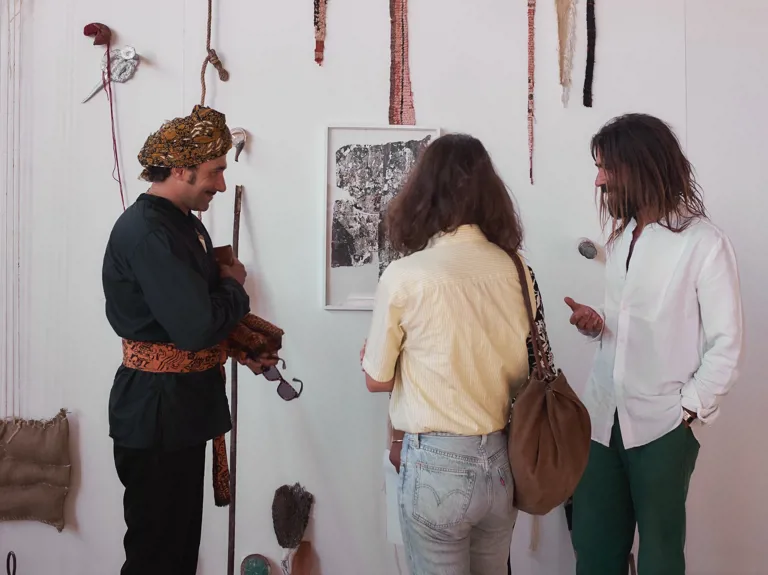
From building hospitals to overseeing large-scale exhibition programming, sharing knowledge is the most important aspect of everything Amine Kabbaj does.